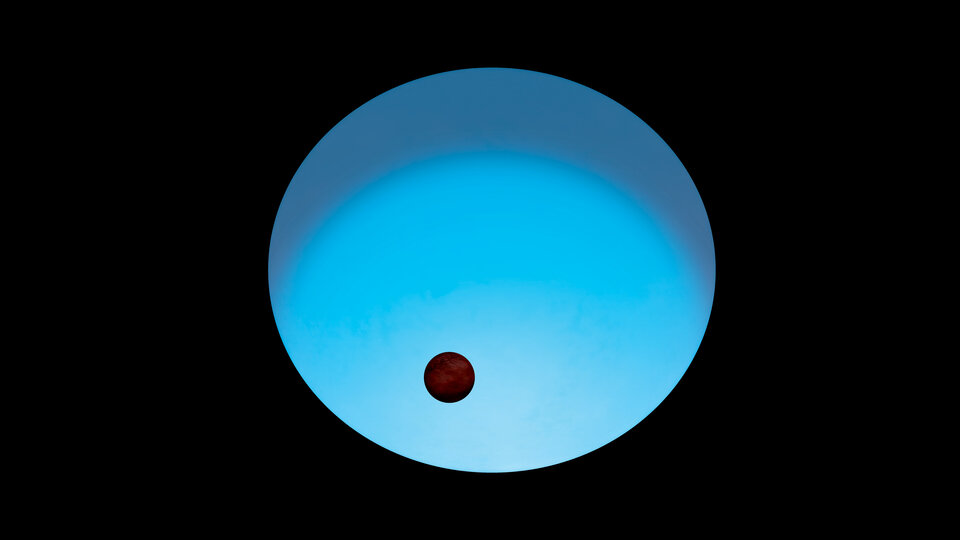
The researchers' new concept demonstrates an unprecedented receiver sensitivity of just one photon-per-information bit at a data rate of 10 gigabits per second.

Comet 67P/Churyumov-Gerasimenko has its own far-ultraviolet aurora, data reveal. It is the first time such electromagnetic emissions in the far-ultraviolet have been documented on an object other than a planet or moon.

U.S. scientists have precisely measured the total amount of matter making up the cosmos, concluding that dark energy accounts for 69 % of the total mass-energy budget with normal and dark matter being 31.5 %.

The ESA’s CHEOPS (Characterizing Exoplanets Satellite) mission has announced its first discovery. It’s called WASP-189 b, and it’s a blistering hot temperature of 3,200 °C. They’re calling the planet an “ultra-hot Jupiter.”

Once a star left the gravitational embrace of its solar system, its pretty much destined to drift through interstellar space forever. Astronomers call these drifters “rogue planets” and one of them have been found recently.

Sonification is the process that translates data into sound, and a new project brings the center of the Milky Way to listeners for the first time. Users can listen to data from this region, roughly 400 light years across.

Astronomers have discovered what appears to be an intact, Jupiter-size planet ( WD 1856 b ) whipping around a compact white dwarf, the remnant of a Sun-like star.

Researchers have found an Earth-size exoplanet with a pi-like 3.14-day period. Whirling around its star at some 291,000 kph, the planet’s surface temperature is estimated at around 176 degrees Celsius.

The sun goes through a regular 11-year cycle, swinging between periods of dormancy and periods of activity. Scientists have just announced that the sun will be ramping up in activity over the next few years.

The record-breaking field was discovered at the surface of a neutron star called GRO J1008-57 with a magnetic field strength of approximately 1 BILLION Tesla. For comparison, the Earth’s magnetic field is about 1/20,000 of a Tesla.

We are now one step closer to space with a recent U.S. paper that describes a way to build an expandable space habitat of concentric cylinders that can house up to 8000 people.

Australian astronomers surveyed a patch of sky around the constellation Vela known to include at least 10 million stars. They found no technosignatures – no sign of intelligent life.

An international team of scientists have recently found the abundances of phosphine in the Venusian cloud decks. It might - just might - be a biosignature.